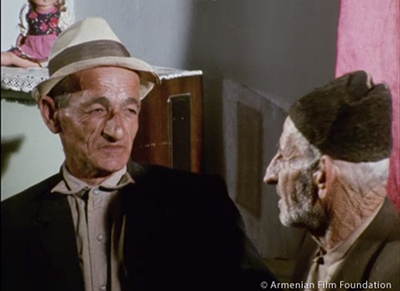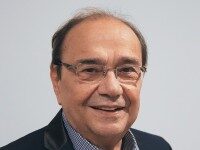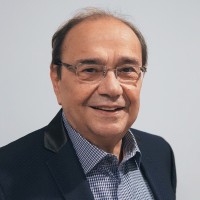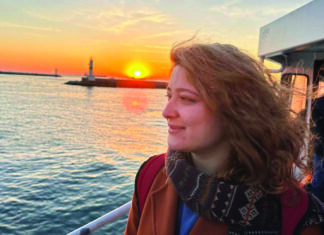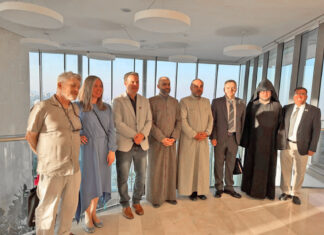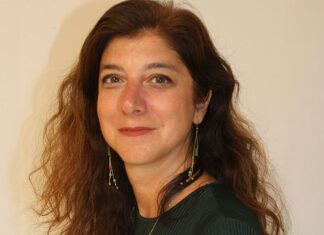LOS ANGELES — It really is a small world after all.
When he reached some of the final Armenian Genocide Collection testimonies to be indexed, translated and subtitled into English, Armenian Genocide Collection researcher Manuk Avedikyan realized he needed some help. The testimonies he had saved for last were in rare Armenian dialects — from Mush, Musadagh (Musaler) and Kessab — that he couldn’t understand.
So, he asked his friend Garen, whose family is from Kessab, if his mother could verbally translate one of the testimonies for him. She agreed, and Avedikyan brought the testimony to her house.
After she translated the testimony, Avedikyan asked her if she would be able to translate another in the Musadagh dialect, due to its similarities with the Kessab dialect and the interview was filmed in the village of Anjar, in Lebanon, where she used to live during a part of her youth.
Although she couldn’t quite understand the entire interview, her son deciphered a part of a conversation and was surprised to hear the interviewee mention the family name of a mutual friend of his and Avedikyan’s, Hovannes Zeithlian. Avedikyan sent Zeithlian the testimony and asked him to listen to it, which he did.
Zeitlhian was amazed to hear the man in the testimony speak in his dialect and talk about his (Zeithlian’s) own great-grandmother. She was one of two people who fired the first shots against the encroaching Turkish soldiers during the famous Musadagh resistance during the Armenian Genocide in 1915.



